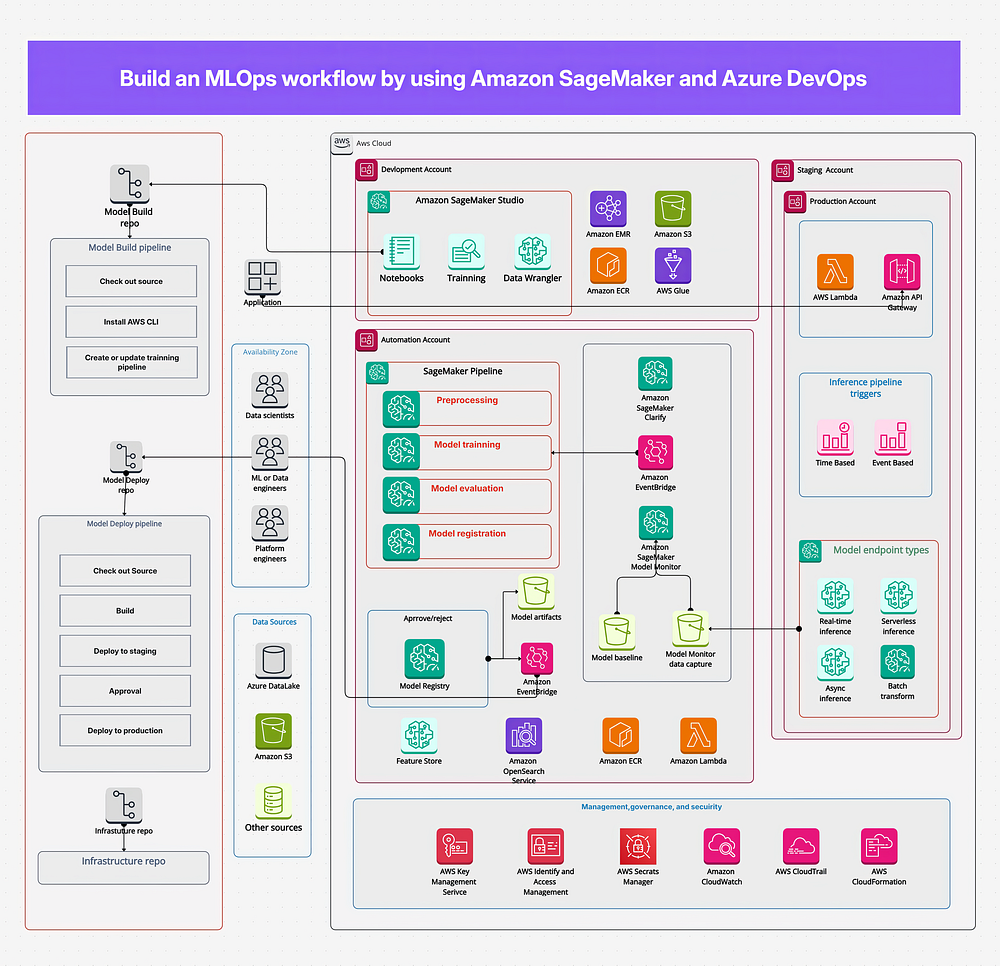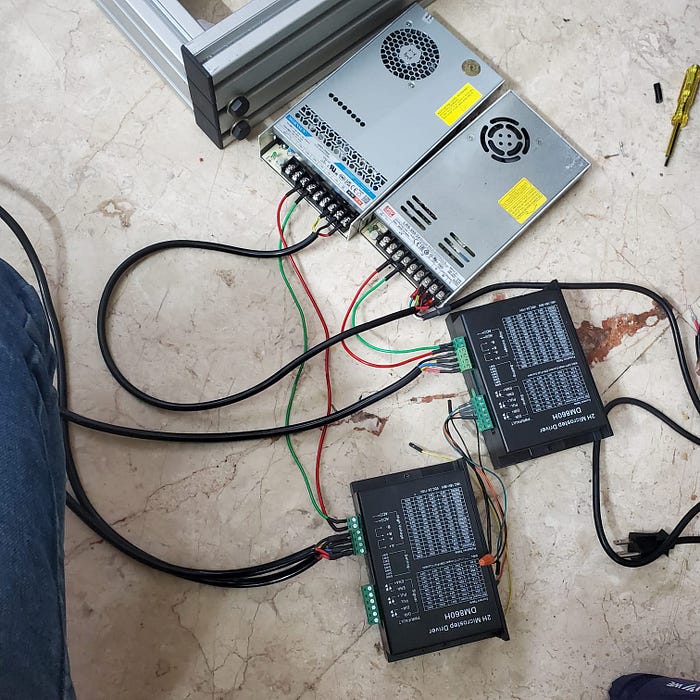The Allure of New AI Models: Separating Hype from Reality
Introduction to the World of AI
The tech world is abuzz with excitement each time a new Artificial Intelligence (AI) model is unveiled. We’re conditioned to expect these digital brains to be significantly faster, demonstrably smarter, and unequivocally better than their predecessors. Companies fuel this anticipation with announcements of major breakthroughs, showcasing impressive demonstrations that promise to revolutionize how we work, create, and interact.
The Gap Between Expectation and Reality
But what happens when the shiny new AI, despite all the fanfare and positive press, doesn’t quite live up to the hype for your specific, day-to-day needs? What if, for your particular use case, it feels less like an upgrade and more like an unexpected step backward? This is a situation an increasing number of users are finding themselves in. It’s a phenomenon that prompts a deeper reflection on what “better” truly means in the rapidly evolving landscape of AI and highlights that progress isn’t always a straight line for everyone.
Evaluating Progress in AI
New AI models often launch accompanied by bold claims of vastly improved capabilities, frequently backed by strong performances on standardized benchmarks. We see statistics showing the AI outperforming its predecessors in various tasks, from processing speeds to accuracy in complex problem-solving. However, the real test of an AI model’s effectiveness lies in its ability to meet the specific needs of its users.
Real-World Applications and User Experience
The excitement around new AI models can sometimes overshadow the fact that not all advancements are universally beneficial. What might be a groundbreaking improvement for one user or industry might not offer the same benefits to another. It’s crucial to consider the diverse needs and experiences of AI users, acknowledging that progress in AI is not a one-size-fits-all scenario.
Conclusion
In conclusion, while new AI models bring unparalleled excitement and promise to the tech world, it’s essential to approach these advancements with a critical eye. Understanding the nuances of AI development and recognizing that progress can be uneven across different use cases can help manage expectations and foster a more realistic appreciation for the capabilities and limitations of new AI technologies.
Frequently Asked Questions
Q: Why do new AI models sometimes not meet expectations?
A: New AI models may not meet expectations because their performance can vary significantly across different tasks and use cases. What works well in a controlled environment or for a specific application might not translate to real-world scenarios or other industries.
Q: How can we evaluate the effectiveness of a new AI model?
A: Evaluating the effectiveness of a new AI model involves considering its performance in real-world applications, user feedback, and its ability to meet specific needs and solve practical problems.
Q: Is progress in AI always linear?
A: No, progress in AI is not always linear. Advancements can be uneven, with significant leaps in some areas and minimal improvements in others. Additionally, what constitutes progress can vary depending on the context and the needs of the users.










